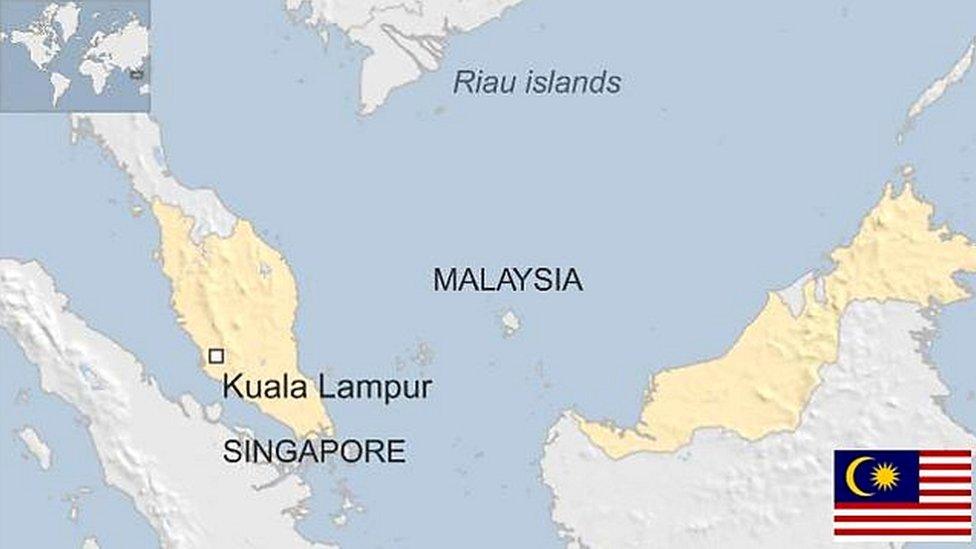Philippines country profile
- Published
This page is no longer being updated. It was last updated on 5 July 2023

More than 7,000 islands make up the Philippines, but the bulk of its fast-growing population lives on just 11 of them.
Much of the country is mountainous and prone to earthquakes and eruptions from around 20 active volcanoes. It is often buffeted by typhoons and other storms.
The Philippines - a Spanish colony for more than three centuries, and named after a 16th Century Spanish king - was taken over by the US in the early 20th Century after a protracted rebellion against rule from Madrid.
Spanish and US influences remain strong, especially in terms of language, religion and government. Self-rule in 1935 was followed by full independence in 1946 under a US-style constitution.
The US is a close ally and has provided military aid to help combat Islamist and communist insurgencies.
Read more country profiles , external- Profiles by BBC Monitoring, external
REPUBLIC OF THE PHILIPPINES: FACTS
Capital: Manila
Area: 300,000 sq km
Population: 109,035,300 million
Languages: Filipino, English, plus regional languages
Life expectancy: 70 years (men) 74 years (women)
LEADER
President: Ferdinand Marcos Jr
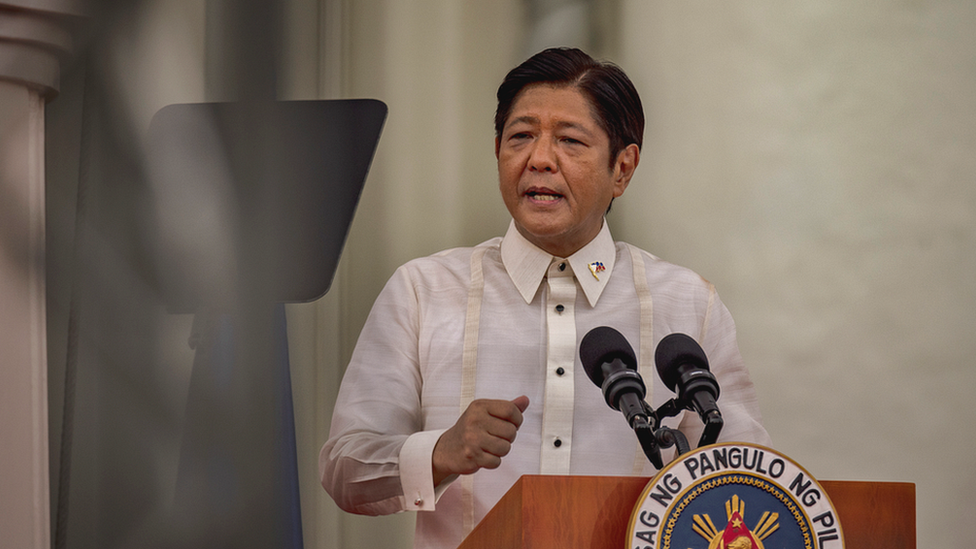
The son of authoritarian President Ferdinand Marcos won a landslide victory in the May 2022 election.
He took over from firebrand Rodrigo Duterte, who came to power in 2016 after winning over voters with promises of a no-holds-barred campaign to take on crime, drugs and corruption.
President Marcos, known by the nickname Bongbong, enlisted Sara Duterte, the daughter of the outgoing president, as his vice-president, thereby uniting two populist right-wing dynasties.
MEDIA
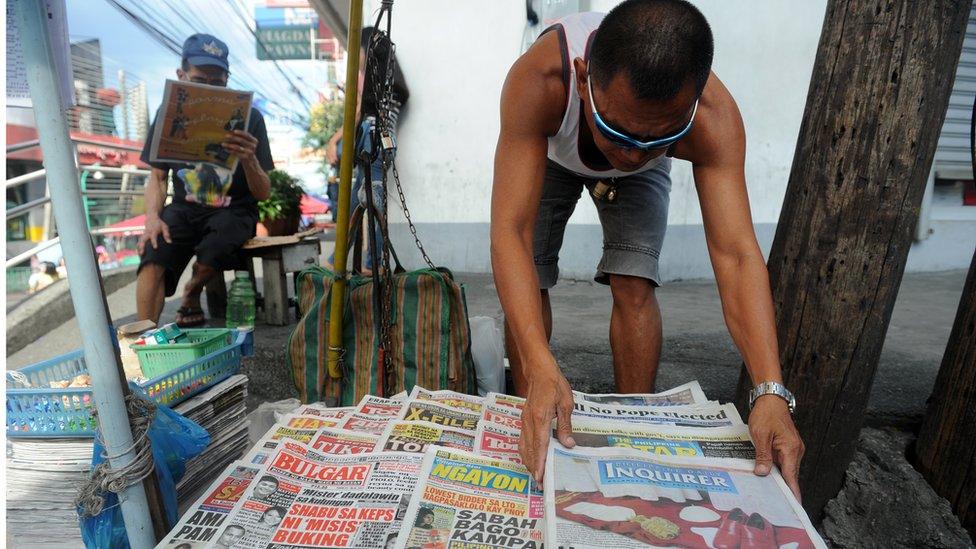
Powerful commercial interests control or influence much of the media.
The lively TV scene is dominated by free-to-air networks ABS-CBN and GMA. There are hundreds of radio stations and a vigorous newspaper scene.
The constitution guarantees press freedom, but the Philippines is one of the most dangerous countries in the world for journalists.
Read full media profile
TIMELINE
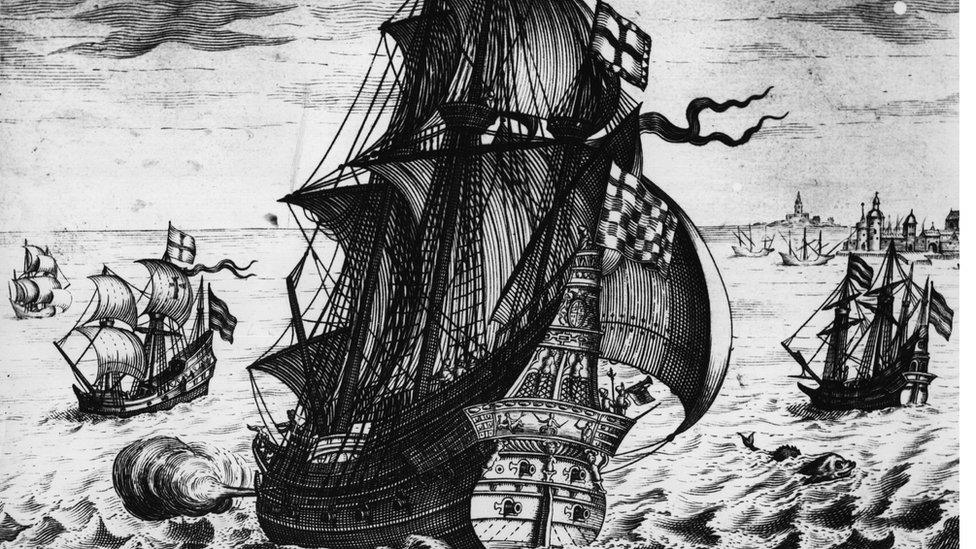
Spain's fabled galleons plied the Pacific trade route between Manila and Acapulco
Some key dates in The Philippines' history:
900AD - Laguna Copperplate Inscription, mostly written on Old Malay, is the earliest record of a Philippine language and the presence of writing in the islands.
11th Century - Some areas become part of China's tributary system.
14th Century - Indian cultural traits such as linguistic terms and religious practices began to spread in the Philippines.
15th Century - Islam is first established in the Sulu Archipelago.
1542 - Spanish expedition claims the islands and names them the Philippines after the heir to the Spanish throne. Three centuries of Spanish rule fail to conquer Muslim areas in the south.
1896-98 - Philippine Revolution: Filipino revolutionaries fight against the Spanish colonial authorities in an attempt to win the archipelago's independence.
1897 - Spanish authorities and revolutionaries sign the Pact of Biak-na-Bato, which temporarily reduces, and revolutionary officers exile themselves to Hong Kong.
1898 - During the Spanish-American War, the US navy destroys the Spanish fleet in Manila Bay. Spain cedes the Philippines to the US, which proclaims military rule and begins to forcibly incorporate Muslim areas.
1898-1902 - Philippine-American War: Tensions arise after the US annexes the Philippines under the Treaty of Paris at end of the Spanish-American War rather than acknowledging the Philippines' declaration of independence. The war can be seen as a continuation of the Philippine struggle for independence that began in 1896 with the Philippine Revolution.
1916 - Jones Act, or Philippine Autonomy Act, which has the first formal declaration by the US to grant eventual independence to the Philippines.
1935 - Commonwealth of the Philippines: Philippines gains internal self-government, with the US responsible for foreign relations.
1941-1945 - The Philippines are occupied by Japan during the World War Two, but are retaken by the US in bitter fighting. More than 500,000 Filipinos die during the war.
1946 - The islands are granted full independence and renamed the Republic of the Philippines.
1942-1954 - Hukbalahap Rebellion: Rebellion by former Hukbalahap or Hukbong Bayan Laban sa Hapon ("People's Army Against Japan") soldiers against the Philippine government. During the Japanese occupation the Huk guerrillas created village strongholds against the Japanese. After 1945, the new Philippine government, prompted by the US disarmed and arrested the Huks for allegedly being communists. The rebellion eventually petered out in the 1950s.
1965 - Ferdinand Marcos is elected president; he declares martial law in 1972.
1983 - Anti-Marcos lawyer Benigno Aquino is assassinated at Manila's airport as he returns from exile.
1986 - Marcos ousted in "people power" revolt after claiming victory over Aquino's widow in an election that many believe was stolen.
2001 - President Joseph Estrada is forced out by a military-backed "people power" uprising.
2014 - The Moro Islamic Liberation Front rebel group signs a peace deal with the government, ending one of Asia's longest and deadliest conflicts.
2017 - Islamic State jihadists attack the city of Marawi in Mindanao.
2022 - Ferdinand Marcos Jr, son of the previous dictator, is elected president.
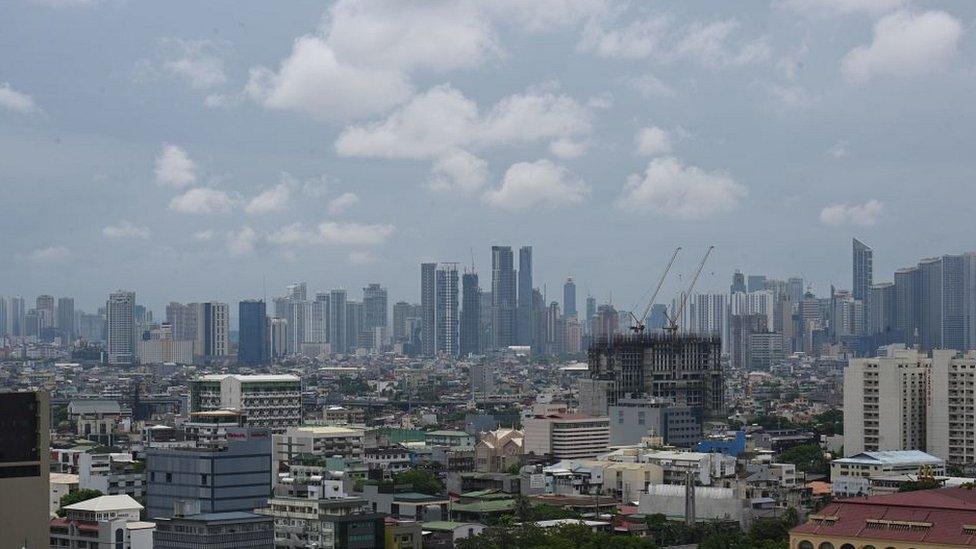
The Philippines capital Manila is among the most-populous and fastest-growing cities in South East Asia
- Published23 October 2024

- Published25 August 2023
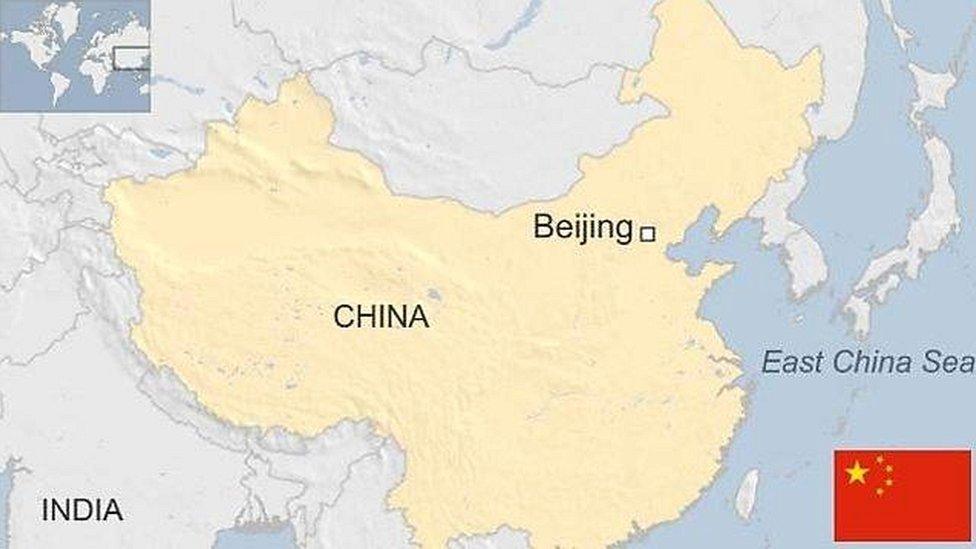
- Published15 January 2024
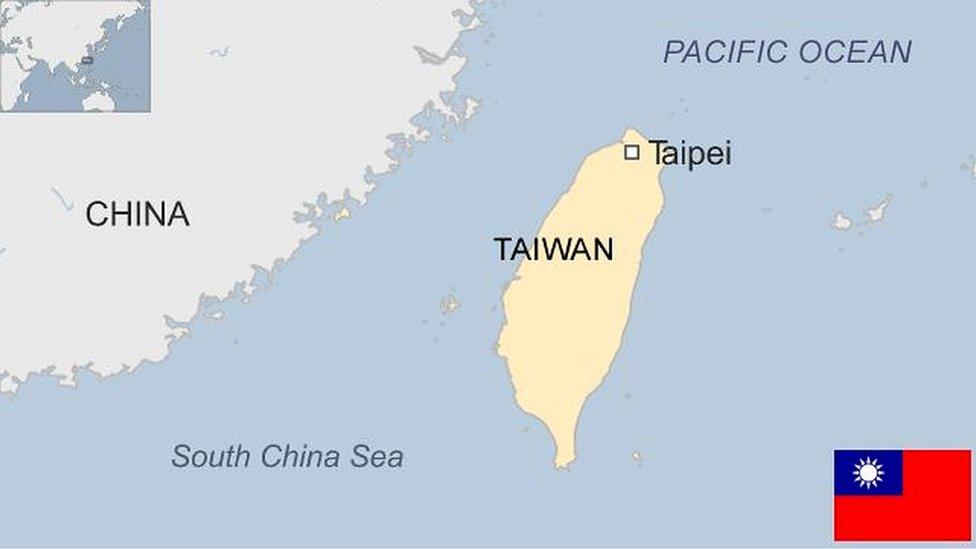
- Published27 October 2023
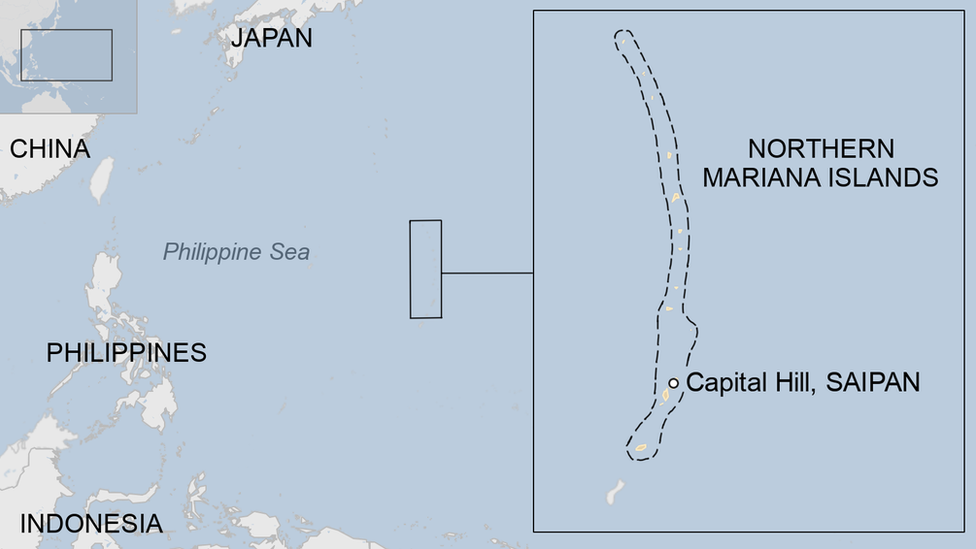
- Published27 October 2023

- Published4 June 2024
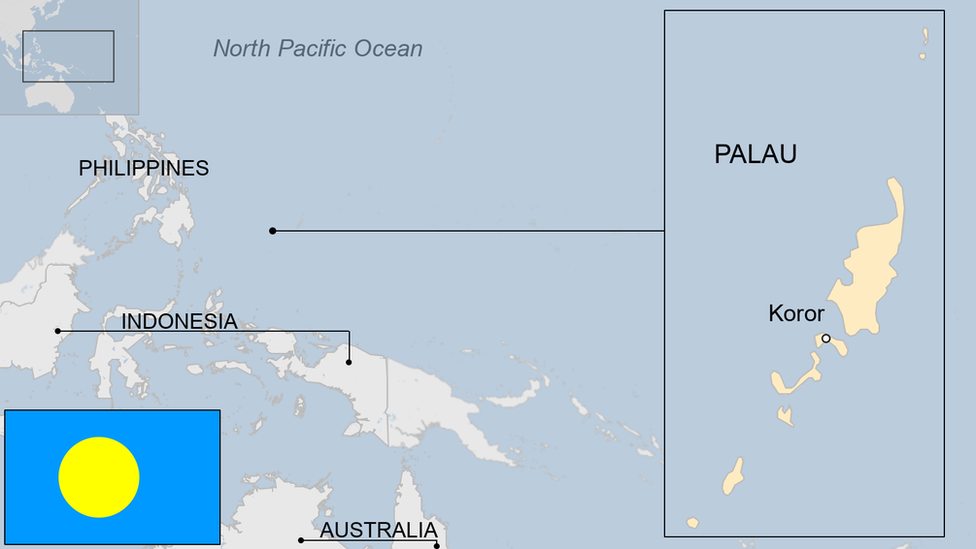
- Published25 October 2024
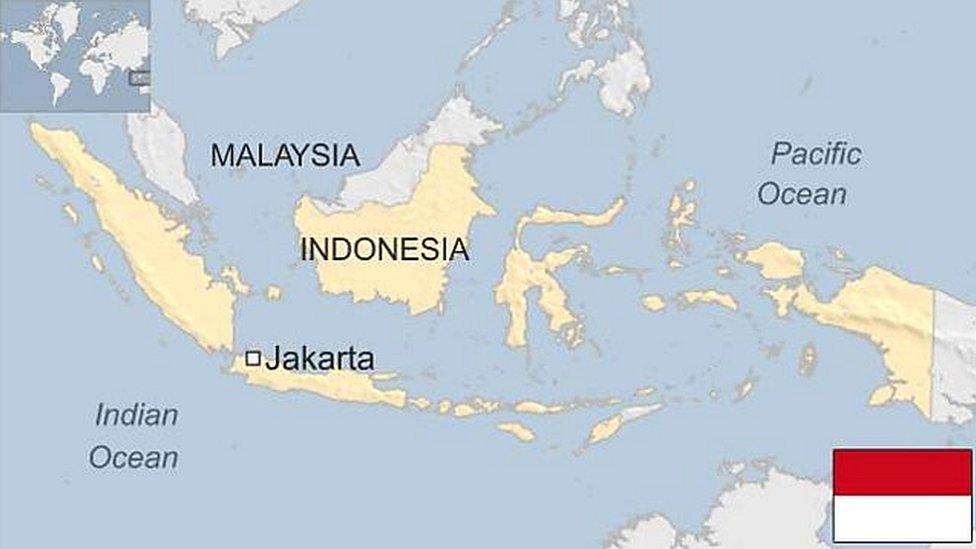
- Published24 February 2023
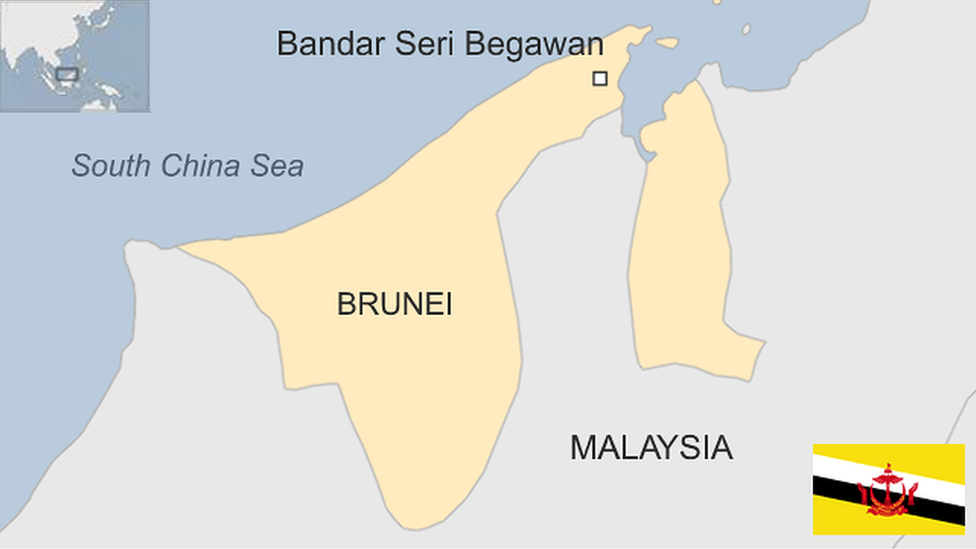
- Published19 May 2023
